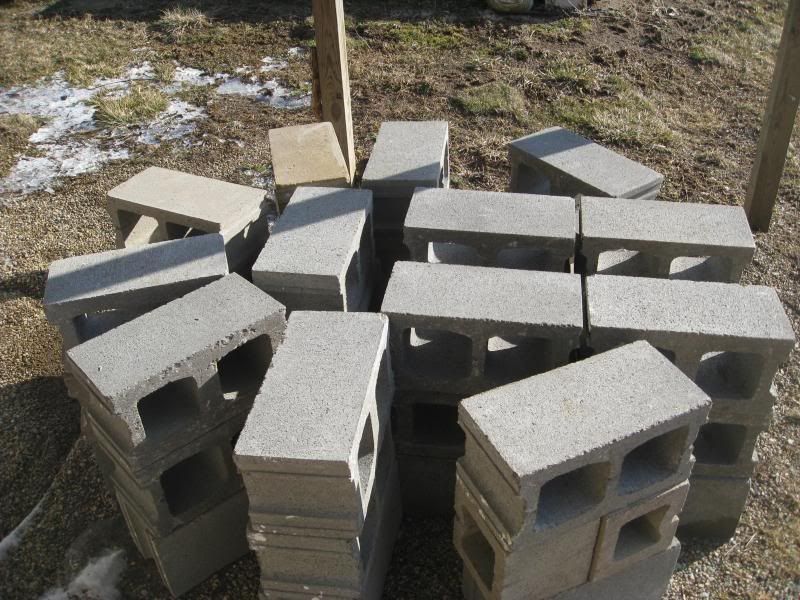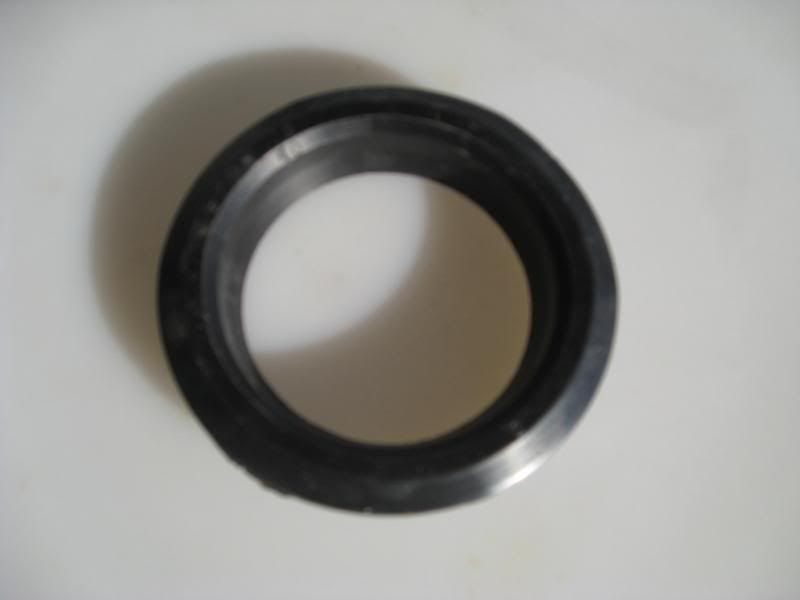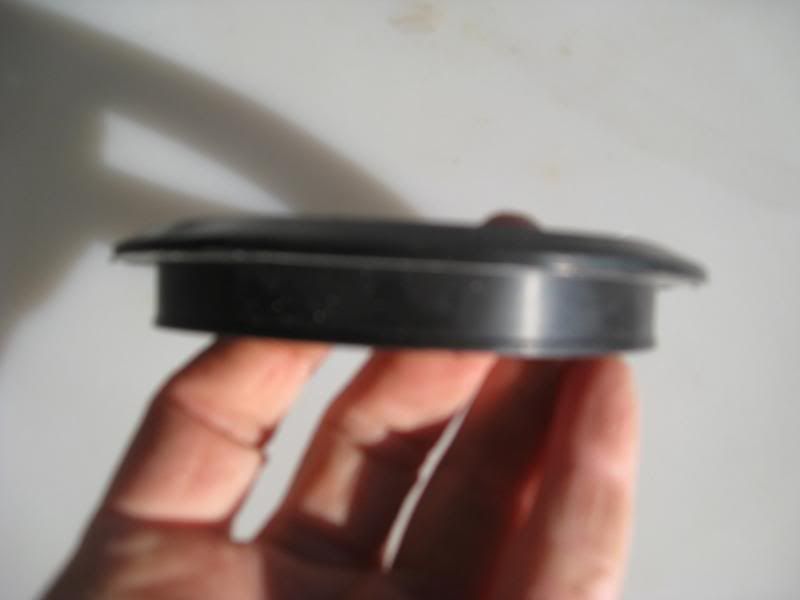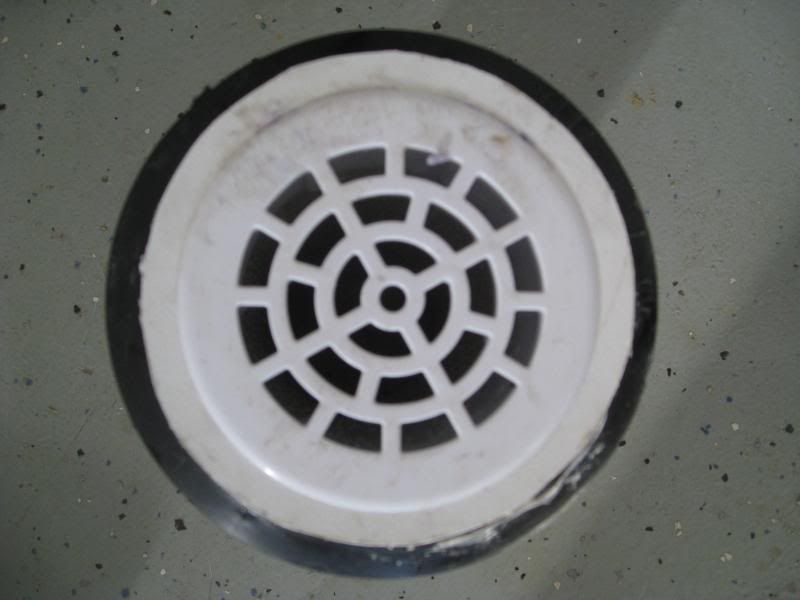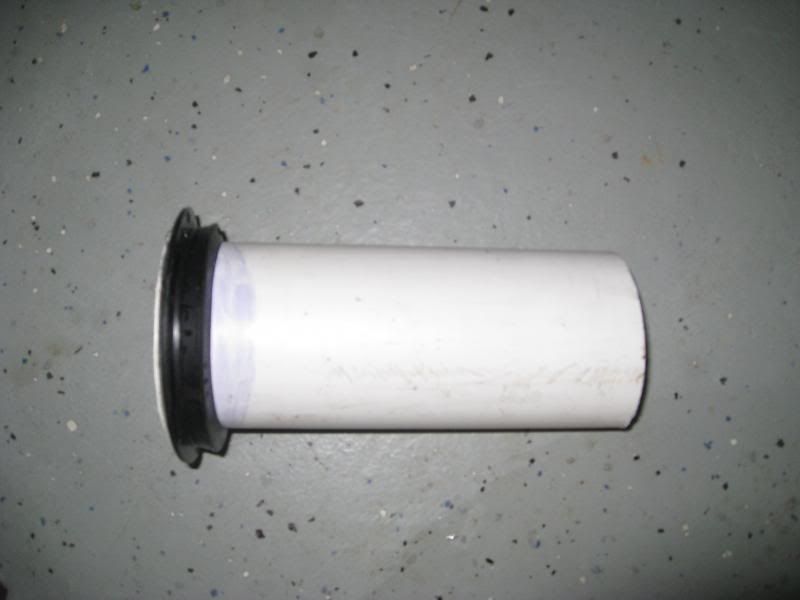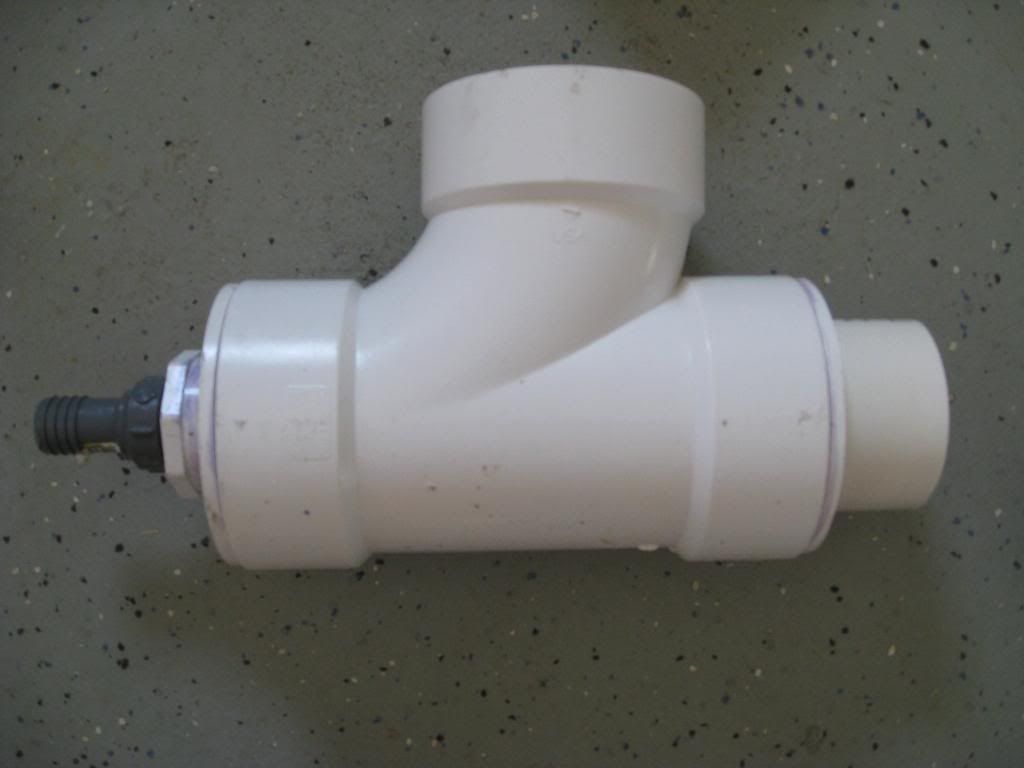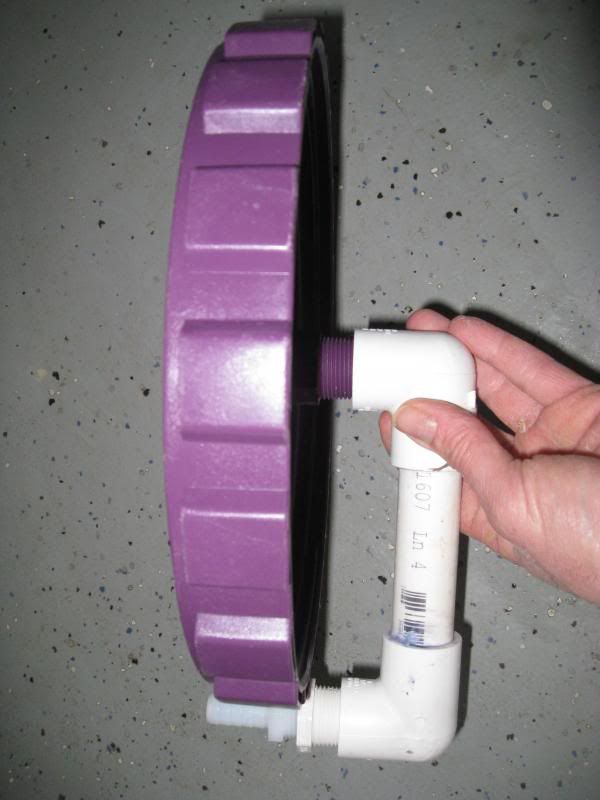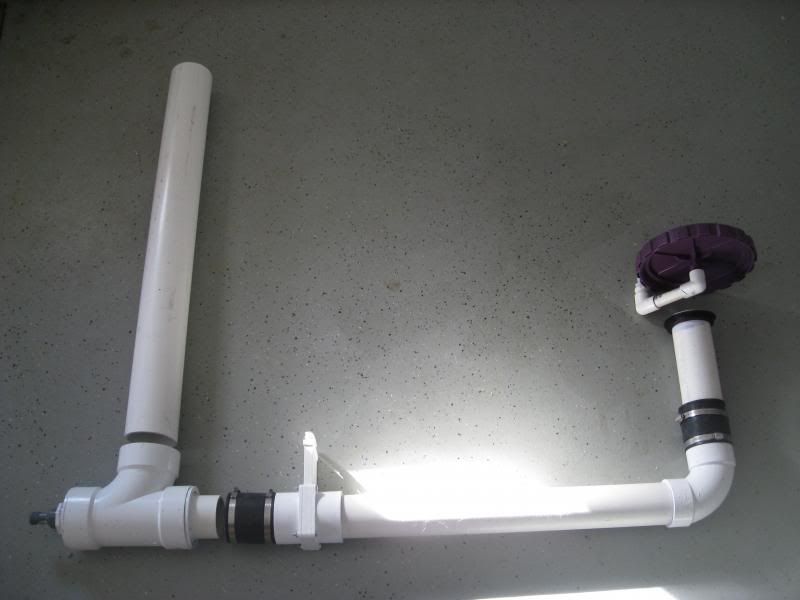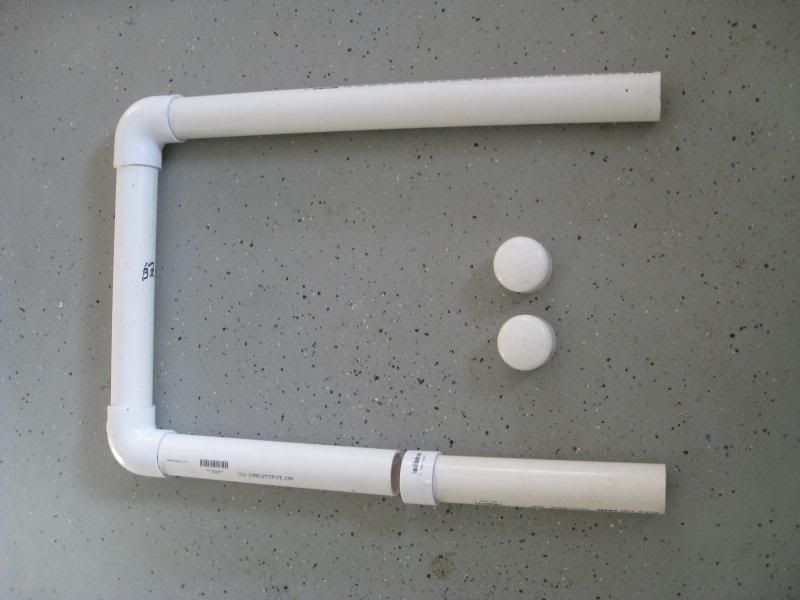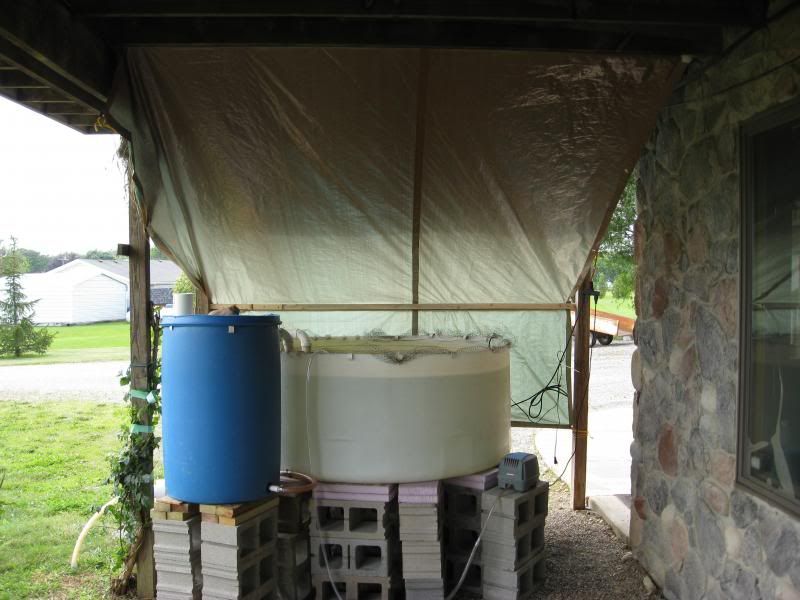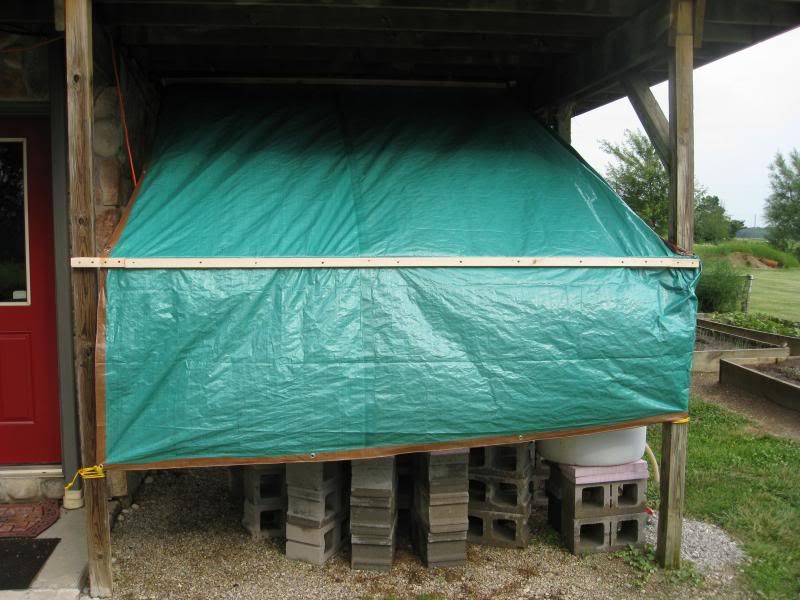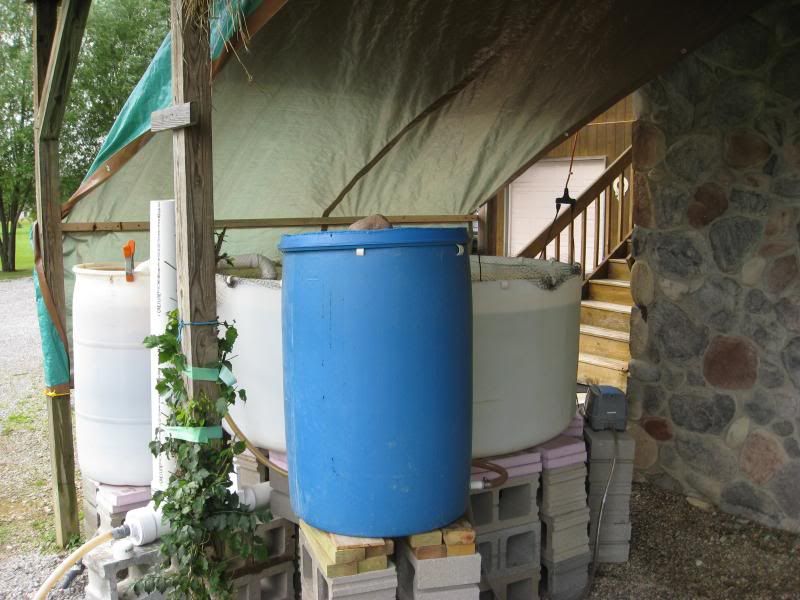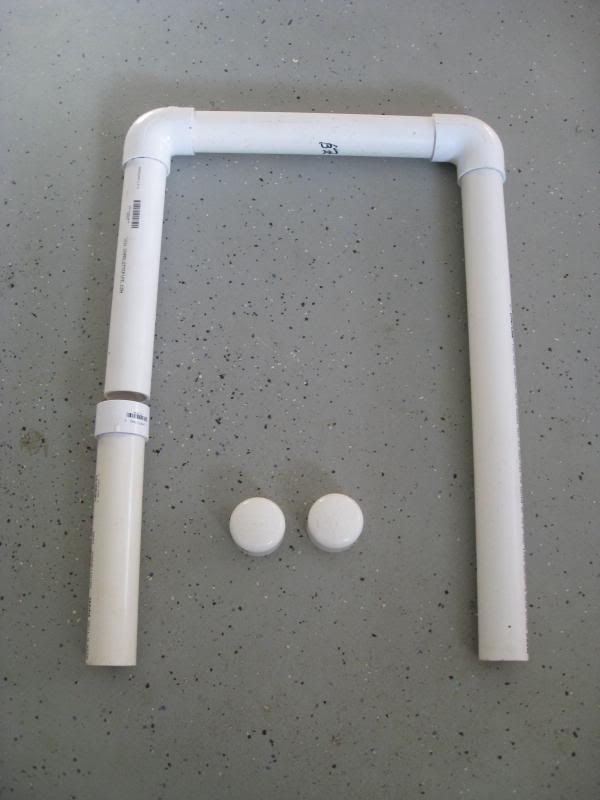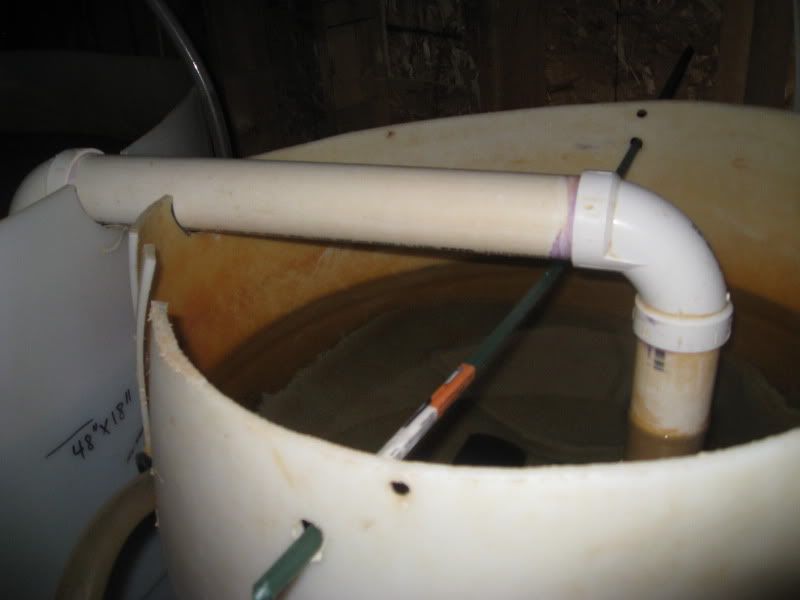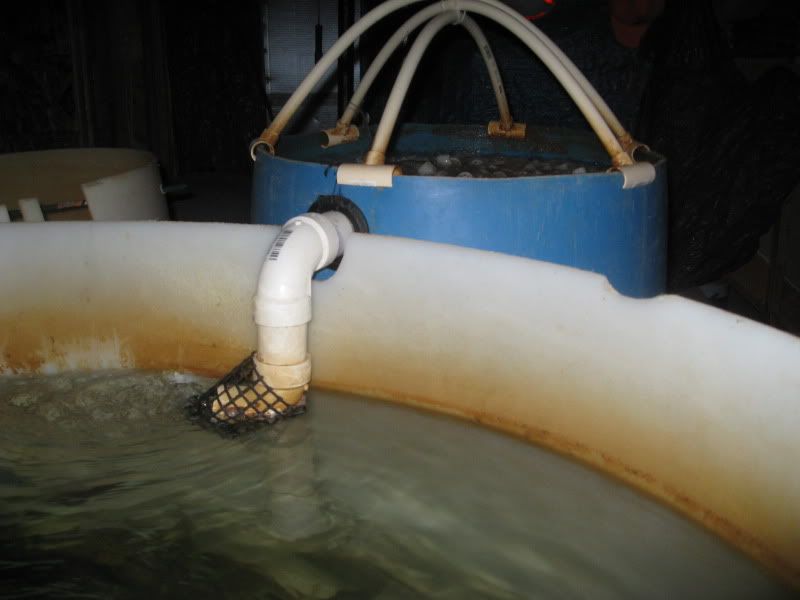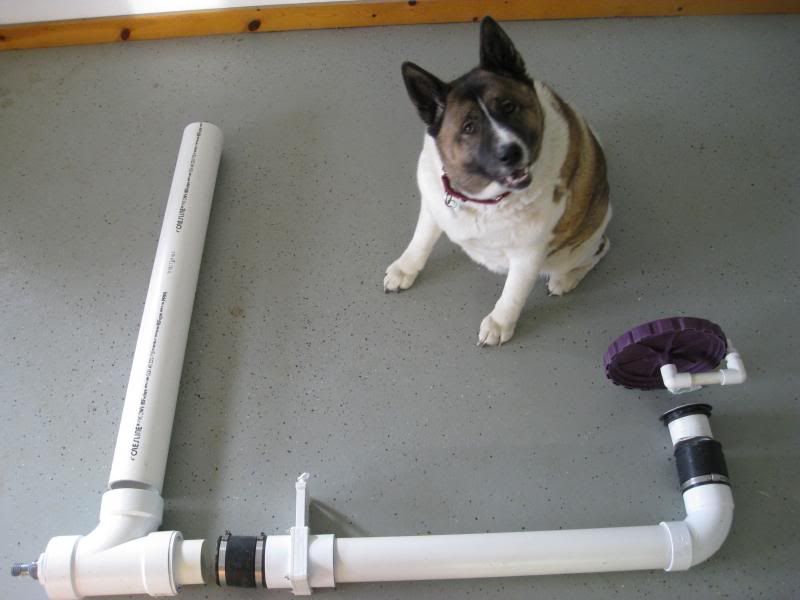Questions On Setting Up Fish Tank - Redneck RAS - 04/18/13 11:24 PM
Ok I have had a tank setup with tilapia in it the last two years and plan to do it again this year.
We have moved to a new home and a concern I have is, should I put it directly on the ground, on some pallets, stepping stones, etc.?
At the old house we just had it on the driveway of the detached garage, but do not have that option here.
I just want some ideas as to what I could or should place this on to make it safe for the tank and the fish that are in it.
Thanks
We have moved to a new home and a concern I have is, should I put it directly on the ground, on some pallets, stepping stones, etc.?
At the old house we just had it on the driveway of the detached garage, but do not have that option here.
I just want some ideas as to what I could or should place this on to make it safe for the tank and the fish that are in it.
Thanks
